Air Conditioning and Hybrid Mileage
Air Conditioning Reduces Hybrid Fuel Economy.
The latest results from an ongoing evaluation of hybrid cars indicate the use of air conditioning has a dramatic effect on a hybrid’s fuel economy. “The hybrids we tested got 15 to 27 percent lower fuel economy with the air conditioning on,” said Jim Francfort, principal investigator at the Idaho National Laboratory in Idaho Falls, which is operated for the Department of Energy.
Francfort has been evaluating hybrids for nearly five years. In 2001, while testing the Honda Insight and the first-generation Toyota Prius—the first two hybrids introduced in the United States—Francfort and his team saw big influences from air conditioning. He said, “It was new technology and we were trying to learn. We thought we needed to do more tests to understand the impacts on fuel economy, based on how hybrid owners actually drive their cars.”
In lab tests performed by the Idaho National Laboratory, fuel efficiency for the Honda Civic Hybrid with the air conditioning on was 27 percent lower than with the air conditioning off.
Recently, hybrid cars have come under fire for not getting the gas mileage promised by the EPA numbers on window stickers. Consumer Reports, Edmunds.com, the New York Times, Wired Magazine, and others have reported that hybrid car gas mileage is 30 to 50 percent less than promised. And in some cases, they claim, the mileage for the hybrid version of a vehicle is almost the same as for the conventional version. A number of disappointed and/or irate hybrid drivers want to return their hybrids or sue the car companies for false advertising.
Reports of low hybrid mileage have left legions of satisfied hybrid drivers—who are obtaining real-world mpg that matches or even exceeds EPA numbers—scratching their heads, wondering how numbers from these publications could be so low. Hybrid owners and shoppers receive little satisfaction from broad explanations that it could be the way the car is driven, or how fast it’s driven, or the traffic conditions, or the tire pressure, or the outside temperature, or the wind, or any number of other reasons, or a combination of those reasons, or all of the reasons combined.
Hybrids Put to the Test
Since 2001, the Idaho National Laboratory’s Advanced Vehicle Testing labs have put 28 hybrids through 1.6 million miles of real-life road fleet testing, as well as an extensive battery of lab tests. It’s part of the Department of Energy’s FreedomCAR and Vehicle Technologies Program, intended to provide benchmarks for vehicle research and development efforts, and to help fleet managers make informed purchase decisions.
In lab tests, mileage data was collected with the air conditioning either completely off or cranked to the highest level. The hybrid fleet testing was conducted in locations throughout Arizona, representing a diverse range of climates and driving conditions. In fleet testing with actual drivers using hybrids as they normally would, hybrid mileage was roughly halfway between the air-on and air-off lab figures—which makes sense considering that drivers reported using air conditioning roughly half the time. Francfort added, “Using heat in the hybrids didn’t have a significant impact at all. The compressor is not running, and the car uses heat from engine to warm the cabin.”
In the worst case, fuel efficiency for the Honda Civic with the air conditioning on was 27 percent lower than with the air conditioning off. In terms of miles-to-the-gallon, the Civic Hybrids averaged approximately 48 mpg without AC, but dropped to 35 mpg with the cool air blowing. The Toyota Prius was more than 20 percent less efficient with AC running, and even the mild hybrid Chevrolet Silverado pickup truck was 15 percent less efficient. The Idaho National Labs have not yet tested the 2006 Civic Hybrid, which was re-engineered to pull more energy from the electric motor to run air conditioning and other accessories. Non-hybrids were also not tested.
Other Findings
The testing also dispelled a persistent myth that the rechargeable batteries need to be frequently replaced. Francfort originally thought their battery evaluations would “go to 100,00 miles because that’s how long the batteries are under warranty. The batteries were working so well, we thought we’d go further.” They finally settled on 160,000 miles. Evaluations showed that the rechargeable batteries lasted to 160,000 miles with no effect on fuel economy.
Francfort and his team also determined that the computer dashboard readings for fuel economy—which most drivers use to base their judgment rather than manually calculating the actual mpg—inflates mileage numbers by somewhere between 10 to 20 percent.
Will the Idaho testing put the hybrid mileage question to rest? Probably not. With so many drivers running their hybrids in extremely diverse conditions across the United States—and emotions riding as high as they do over the culture and politics of cars, global warming, off-shore drilling, and oil wars, it’s unlikely that a little air conditioning will cool things down.
Become an AutoGuide insider. Get the latest from the automotive world first by subscribing to our newsletter here.
More by AutoGuide.com Staff



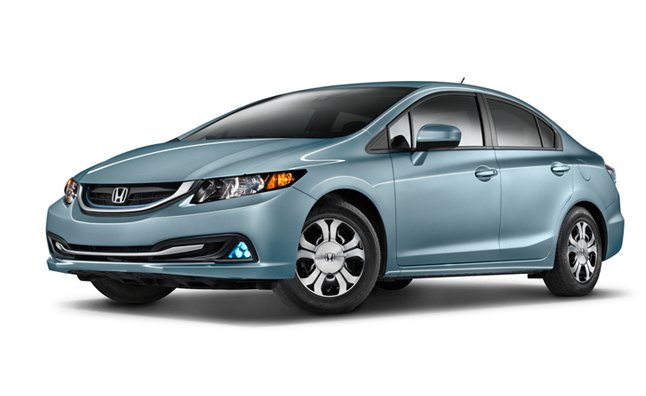















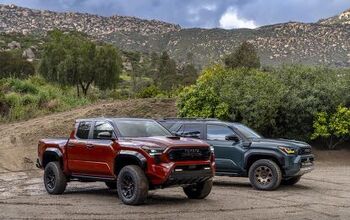

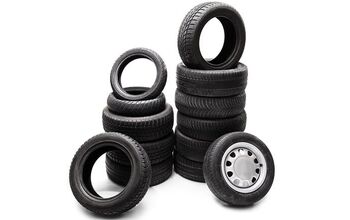
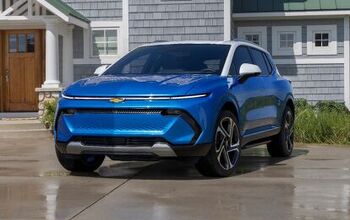




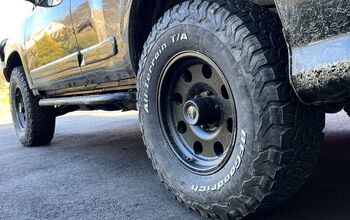




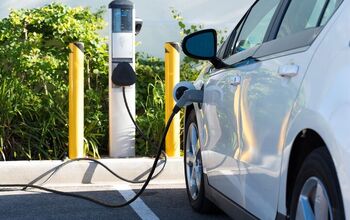
Comments
Join the conversation